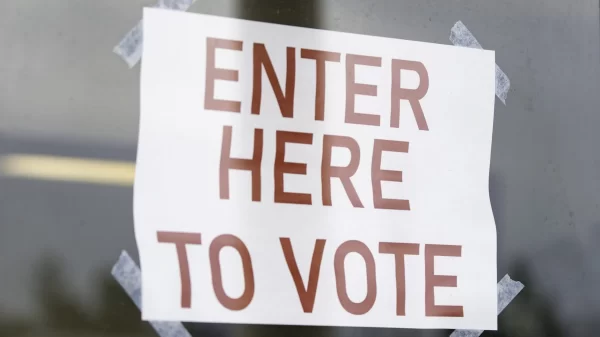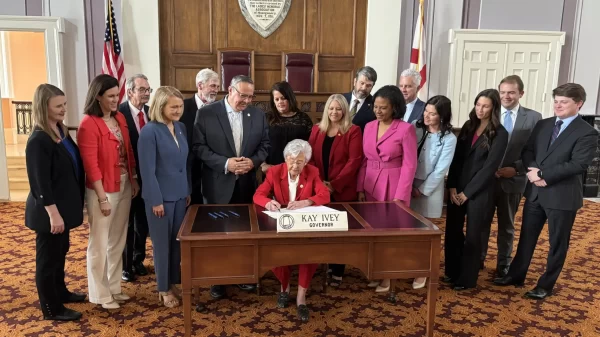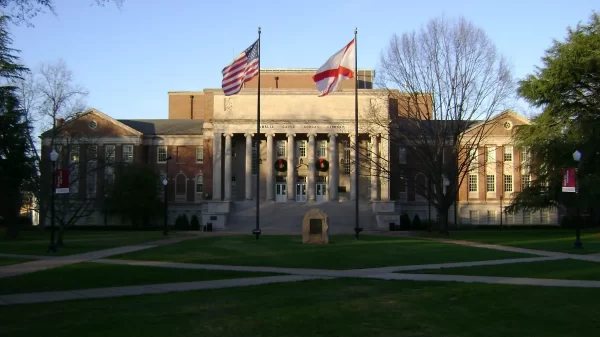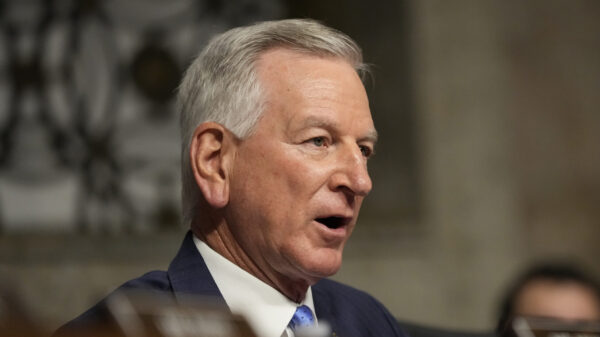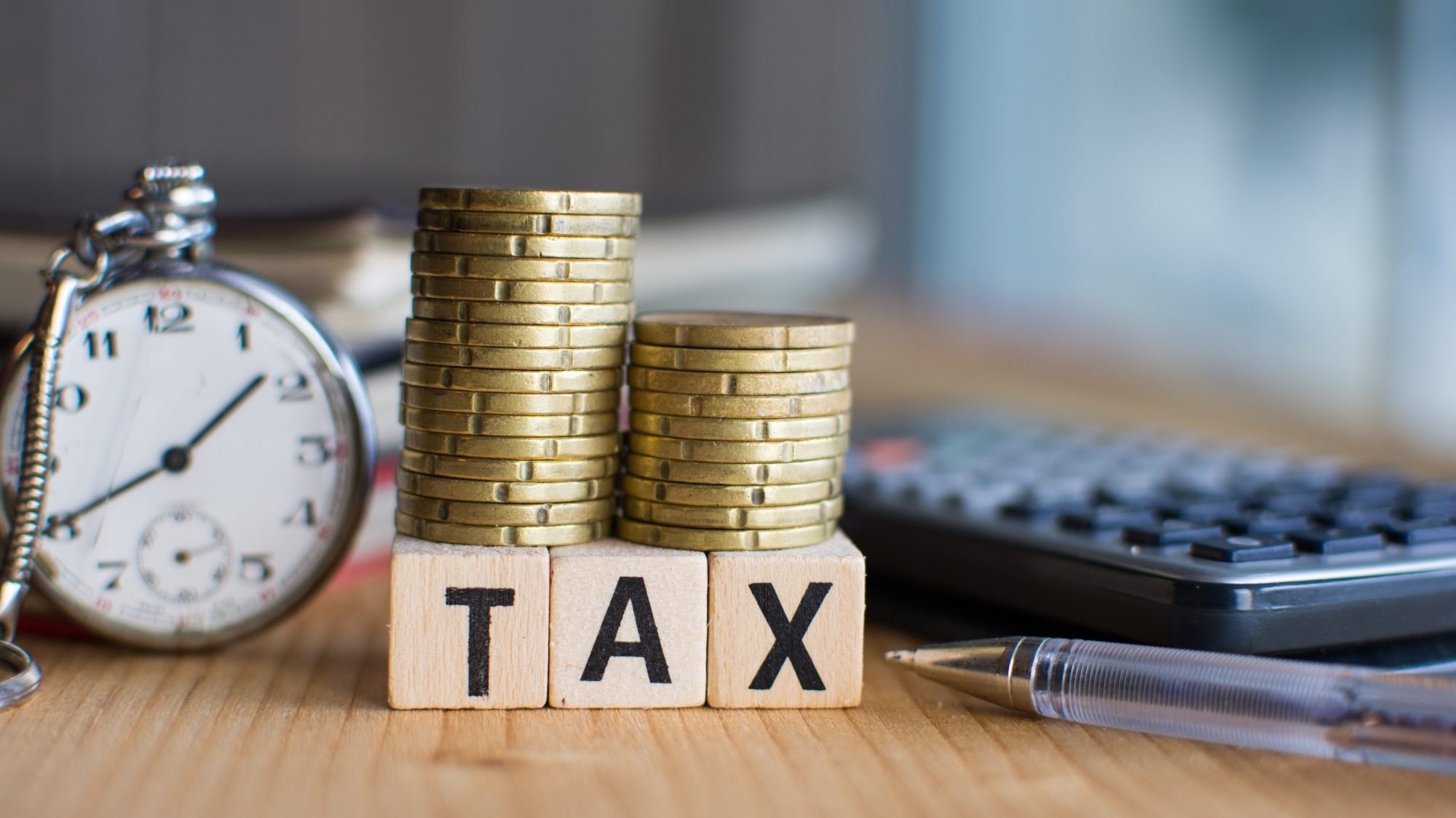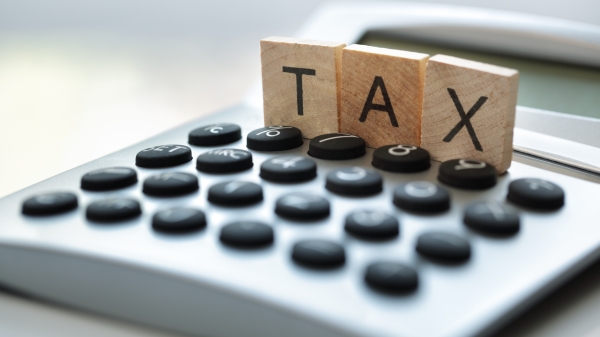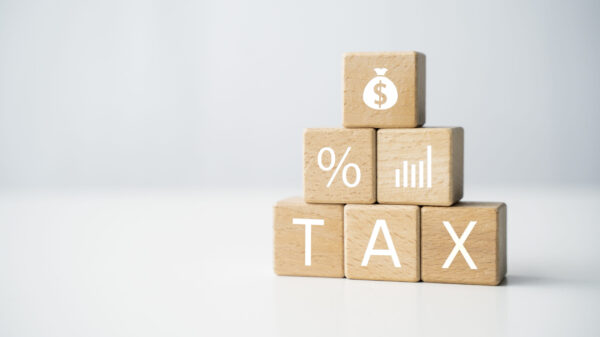Alabama state and local governments collect less in taxes per resident than any other state in the U.S., according to the latest figures available from the U.S. Census Bureau.
In 2017, rising revenue in Alabama, tax cuts in other states, and a variety of other factors led to some narrowing of the gap between Alabama and its sister states. However, Alabama state and local governments still collected less in taxes than state and local governments in any other state on a per capita basis.
That’s been true since the early 1990s and partially explains why Alabama struggles to provide the same level of public services as other states.
The Public Affairs Research Council of Alabama (PARCA), a nonpartisan research group based at Samford University, released their 2019 analysis of Alabama’s tax system and how it compares with tax systems in other states, based on the latest data available from the U.S. Census Bureau and the Bureau of Economic Analysis.
Alabama state and local governments collected $3,370 per resident through property, income, and an array of other taxes, an increase from $3,203 in 2016, showing a gain of $166 per capita.
Alabama’s per capita tax collections increased in all major areas. Alabama’s gain in per capita tax collections was the third highest increase among the 10 Southeastern states, falling behind Louisiana and Florida.
Still, Alabama ranked last in the U.S. and last among Southeastern states in state and local tax collections per resident. Among Southeastern states, the average per capita rate was $3,755, $385 per resident higher than Alabama. The median value for U.S. states was $4,682 per capita, $1,312 more per resident than Alabama.
These figures are derived from PARCA’s analysis of an annual survey by the U.S. Census Bureau of state and local governments across the country. The report makes it possible to compare the revenue and expenditures of state and local governments across the 50 states.
Alabama’s increase of $166 per capita over 2016 was above the average gain across the U.S. In 2017, only two states, Wyoming and Arizona, saw a drop in per capita state and local tax collections compared to 2016.
Collections in every other state rose with the rising economy and employment.
PARCA’s analysis found that, if Alabama’s per capita property tax collections matched the average of other Southeastern states:
- State and local governments would have an additional $2 billion to fund providing services.
- Alabama’s overall tax revenue per capita would rank in the middle of Southeastern states, putting Alabama in front of Georgia, Mississippi, Florida, South Carolina and Tennessee in per capita collections. Alabama would still fall behind Arkansas, North Carolina, Louisiana and Kentucky.
As it stands, Alabama’s traditional preference for low property taxes leaves state and local governments more reliant on other taxes for revenue. Alabama has among the highest sales tax rates in the U.S. Alabama also has some of the highest taxes per capita on alcohol and public utilities. Despite those higher rates, Alabama doesn’t make up the difference created by its low property tax collections.


